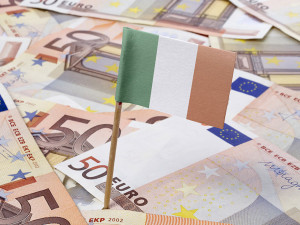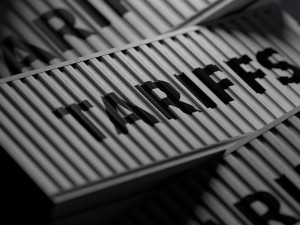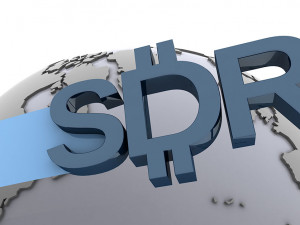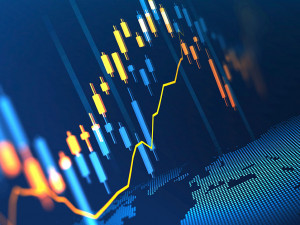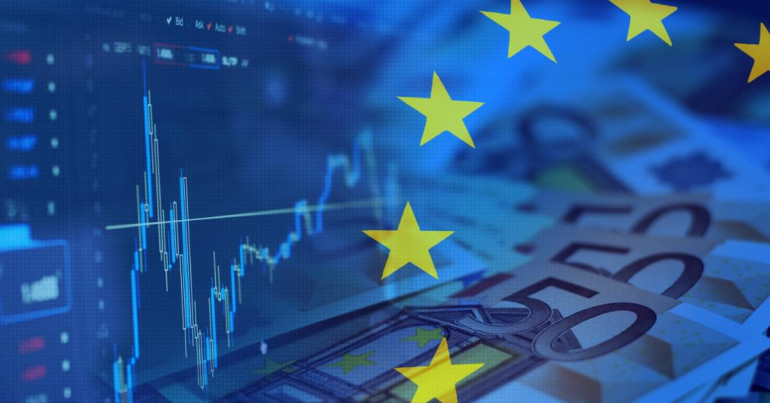
Countries around the globe have used currency boards to stabilise their economies and maintain a fixed exchange rate for a long time. Although we’re living in a world with more flexible exchange rate regimes, there are surprisingly many currency boards still in place today.
In this article, we explore the use of currency boards in Europe, Asia, the Middle East, America and Africa.
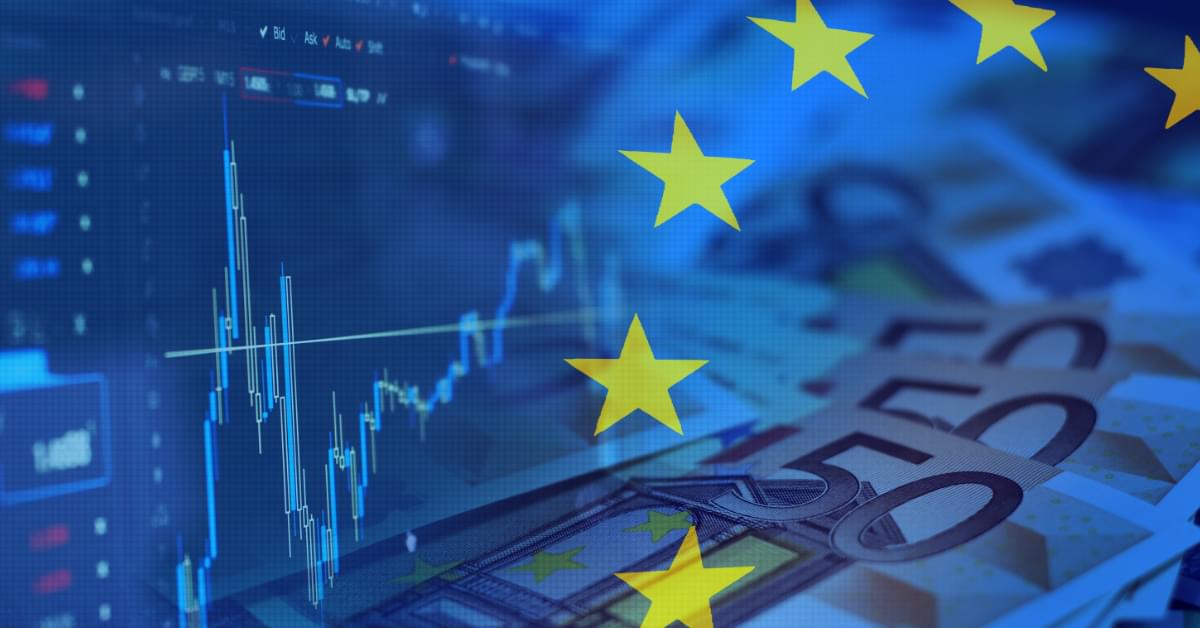
Pegged to the Euro
Because of the strong economic and political interlinkage in Europe, a number of countries had currency boards in place before the Euro currency union was introduced in 2002.
The Euro itself was born out of the pan-European currency board called the European Exchange Rate Mechanism (ERM) established in 1979. Hence there are still a few successful currency boards in place today by countries that have not (or not yet) joined the Euro.
Bulgarian Lev (BGN)
Bulgaria’s currency board has been in place since 1997 when it was introduced to stave off hyperinflation in the country.
The Bulgarian lev was pegged 1:1 to the Deutsche Mark, and with the introduction of the Euro, the lev was effectively pegged to the Euro at a rate of around 1.95 Lev = 1 Euro.
Danish Krone (DKK)
The Danish Krone (DKK) is part of the ERM II mechanism, the successor of the ERM after the introduction of the Euro, effectively establishing a currency board at an exchange rate in a trading band of 2.25% versus the Euro. This policy is a continuation of the situation that existed from 1982 to 1999 with regard to the Deutsche Mark, which provided a similar anchor currency for the Krone.
Denmark maintains this currency peg, as it is not a member of the Eurozone, because of a referendum on introducing the Euro, where the population opted for keeping the Danish Krone.
Bosnia and Herzegovina Convertible Mark (BAM)
The Convertible Mark was established after the end of the war in Bosnia as the single currency of Bosnia in 1998.
The Convertible Mark (BAM) played a crucial role in Bosnia’s post-war reconstruction efforts and became the single currency of the war-torn country in 1998. This was similar to the situation in Bulgaria – when the BAM was initially pegged to the Deutsche Mark, which became the single European currency after 2002.
The Bosnian Convertible Mark, therefore, has a well-established link to the Euro and is pegged at 1 Euro to 1.95 BAM.
West African CFA Franc (XOF)
Due to economic ties with Europe, a number of African countries have pegged their currencies to the Euro. The West African CFA Franc (XOF) was introduced in 1945 when France ratified the Bretton Woods Agreements and the member states were still under colonial rule.
Thus, initially, the currency was known as the “Franc of the French Colonies of Africa.”
After gaining their independence, the XOF is still used by eight West African countries: Benin, Burkina Faso, Guinea-Bissau, Mali, Ivory Coast, Niger, Senegal and Togo.
The currency is backed by the French treasury and pegged to the Euro, with an exchange rate of 1 Euro = 655.957 XOF.
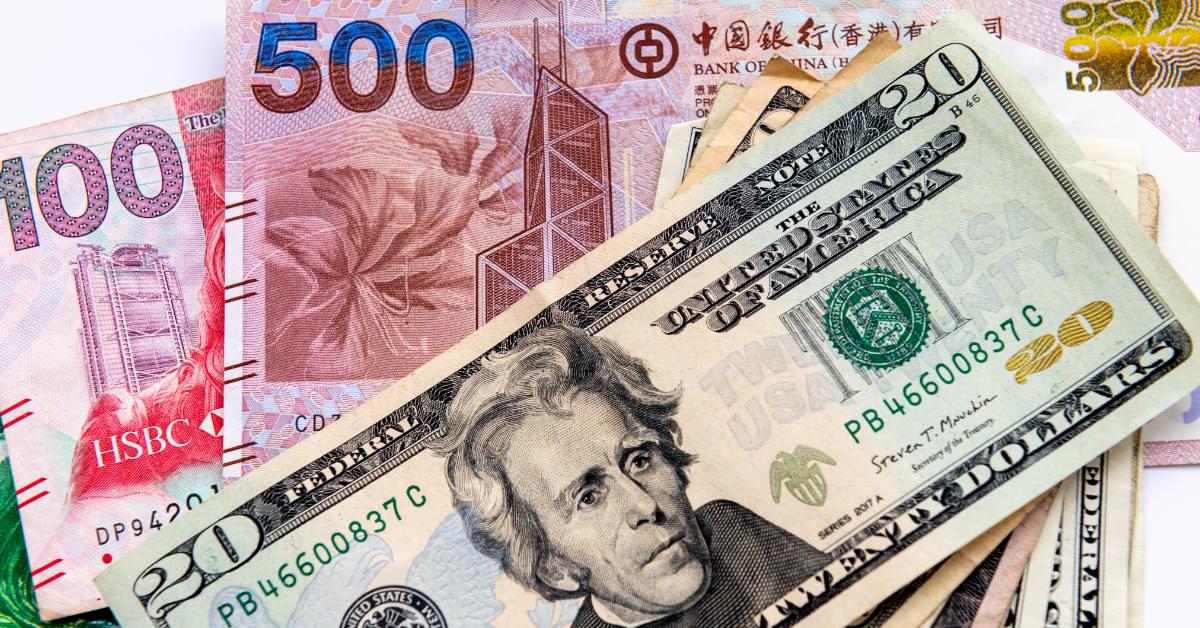
Pegged to the US Dollar
A number of countries in Asia and the Middle East have currency boards in place, either against the US Dollar or against a basket of global reserve currencies. The countries are typically strong exporters; hence, they have significant US Dollar reserves to protect their currency boards.
Hong Kong Dollar (HKD)
The Hong Kong dollar was pegged to the US Dollar in 1983 after an agreement between the UK and Hong Kong, at a time when Hong Kong was still under British rule as a means to stabilise the currency as it was in freefall at a rate of HK$7.8 to US$1.
The peg has been stable and extremely successful ever since. It remains crucial in attracting foreign currency to Hong Kong by eliminating foreign exchange risks from investments and cross-border trades, thus maintaining financial stability in the region.
Hong Kong regularly intervenes to keep the HKD within its trading band.
UAE Dirham (AED) and Saudi Arabian Riyal (SAR)
Both the Saudi Arabian Riyal and the UAE Dirham are pegged to the US Dollar primarily because of oil exports, which form a significant part of their economies, and oil is traded in US Dollars. This peg makes it convenient for oil transactions and the management of foreign currency reserves.
The Saudi Arabian Riyal (SAR) has been pegged to the US Dollar at a fixed rate of 3.75 since 1986. The decision to peg the SAR to the USD was preceded by important political events such as the Arab oil embargo, inflation in the 1970s and the end of the Bretton Woods system and is thus linked to what is known as the “Petrodollar”, meaning that oil exporting countries export their oil against US Dollars and in return keep US-reserves to support their currency pegs.
As with the Riyal, the UAE’s Dirham (AED) has been pegged to the US Dollar since June 1986.
Belize Dollar (BZD)
Not surprisingly, a number of currencies in the Americas are pegged to the US Dollar. The Belize Dollar became pegged to the US Dollar in 1978 at a rate of 2:1 since 1978.
The fixed exchange rate has provided stability to the Belizean economy, allowing it to maintain a consistent value relative to the US Dollar. This stability has facilitated trade and investment between Belize and the United States, as well as other countries that use the US Dollar as a reference currency.
Panamanian Balboa (PAB)
Another example is the Panamanian Balboa (PAB). The PAB is pegged to the USD at a 1:1 ratio and has been in place since 1904 when Panama gained its independence from Colombia and adopted the US Dollar as its official currency.
The use of the US Dollar in Panama has provided a stable and predictable monetary environment, facilitating trade and investment with the United States and other countries.
If you want to save money on your international transfers without compromising on the quality of customer service, look no further! At CurrencyTransfer, you can safely convert currency at attractive rates via our network of regulated partners. Sign up today to start taking advantage of our services.
G.C. Wagner
Gustav Christopher is a writer specialising in finance, tech, and sustainability. Over 15 years, he worked in banking, trading and as a FinTech entrepreneur. In addition, he enjoys playing chess, running, and tennis.
